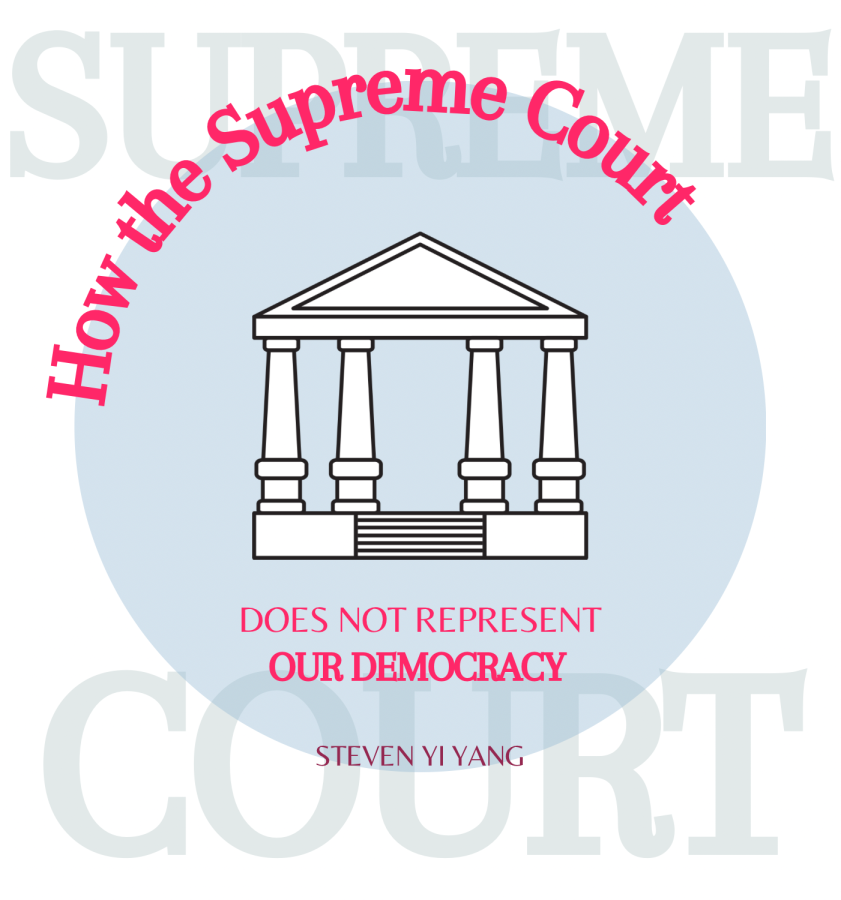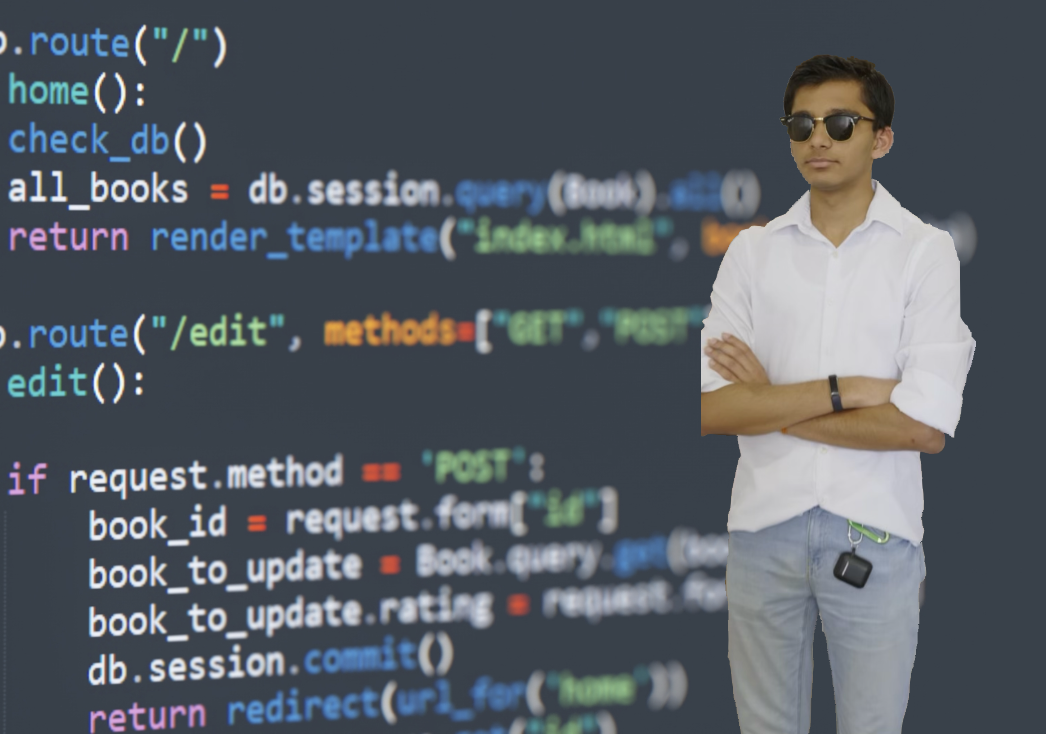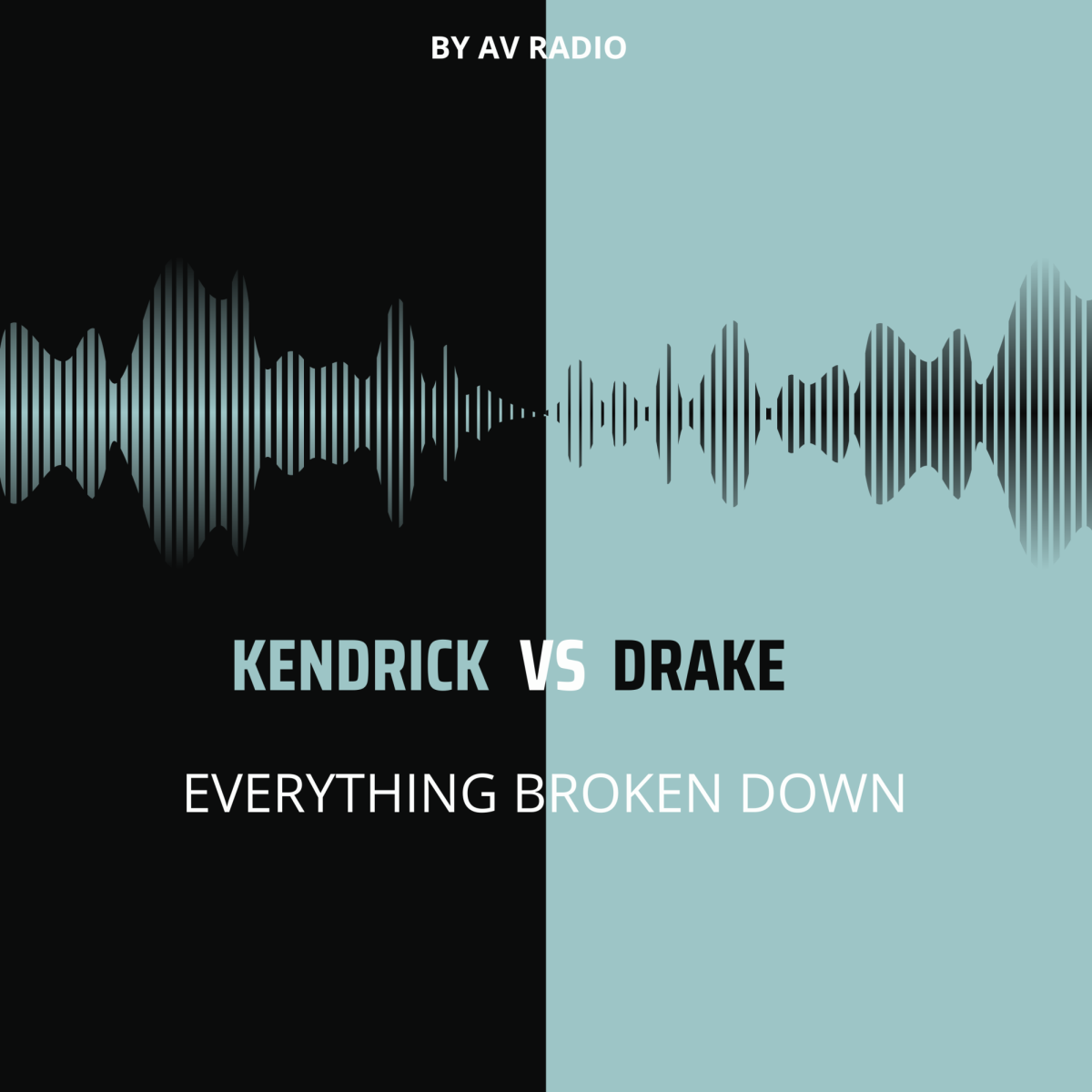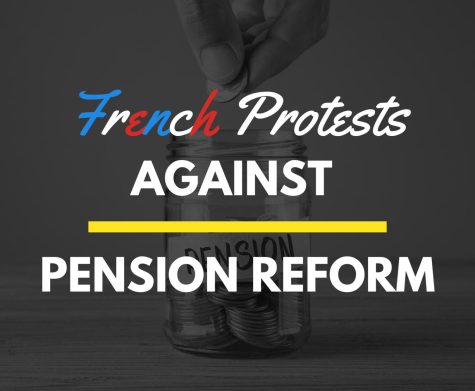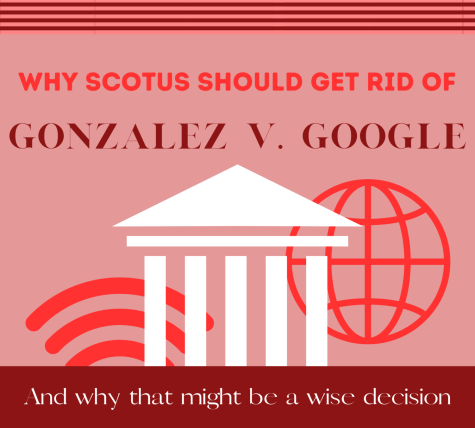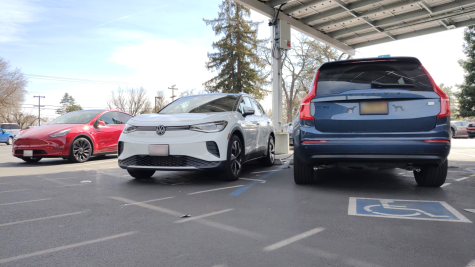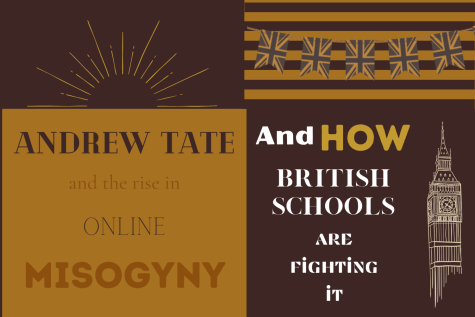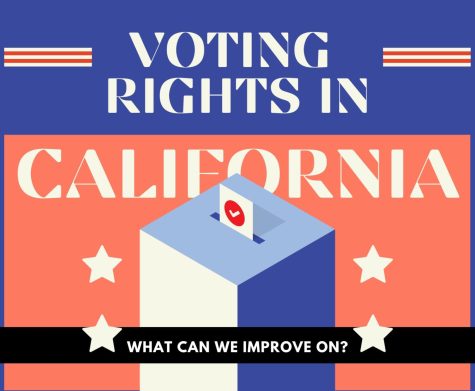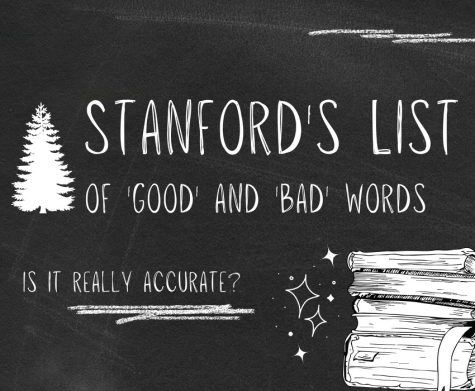How the Supreme Court does not represent our democracy
The Supreme Court currently does not follow the intended function that it was created to do — through the use of shadow dockets and other means.
February 5, 2022
With the recent controversy regarding a Supreme Court nominee, now is perhaps the time to take another look at the Supreme Court and how it plays – or rather how it doesn’t play – into our republic.
Throughout America’s 245 year history, there have been 115 Justices in total. Just nine Justices at a time have handed out influential decisions – both good and bad – that have changed the course of American history.
The Supreme Court of the United States acts as the highest court in America, having the ability to reject state laws in violation of the Constitution. Is that too much power in the hands of just nine appointed people?
Historical rulings such as Plessy v. Ferguson and Dred Scott v. Sandford exemplify the fact that although justices are supposed to “administer justice” and “impartially” rule, it is often not the case – not now, not ever.
In the modern era, nine Justices have an alarming amount of power over the entire country. With the manner that the Supreme Court uses “shadow dockets” and the fact that justices stay for life, Americans must begin to carefully consider if the Supreme Court has too much power and influence in a democracy with such methods.
The problem with the “shadow docket”
The shadow docket relates to the decisions that the Supreme Court makes that are in the shadows – outside of the public eye. In recent years, the Supreme Court has issued more shadow docket decisions than ever, with an increase including death penalty rulings and the controversial Texas Abortion bill.
To me, this is a clear digression from what the justice system in America should be. The court has been rushing controversial and heavily impactful legislation late at night with little to no explanations for the public.
Compared to “merit dockets” with complete briefs, oral opinions, and explanatory opinions, the shadow docket does not have any public information pertaining to the case. The shadow docket was used for unremarkable cases, yet now, it is used on high-impact cases on federal punishments and abortion bills.
“The shadow docket should only be used in extremely urgent cases because it requires little deliberation. There should be some congressional oversight on when the court can do it,” said Richard Li (‘22).
The Justices have handed down two-sentence decisions closed to the public with no justification nor oral arguments at all. This is not what a justice system should look like or be, especially with high-profile cases such as the Texas bill.
Is there a solution?
The evasion of legal procedure and transparency in high-profile cases has become a problem – is there a solution?
An obvious solution would be to require full and complete opinion explanations from the Justices. As mentioned before, many decisions are written with only one- to two-sentence summaries.
This, however, is of no use to lower courts nor the public in hearing the reasoning if needed – a clear digression from the transparency of our legal system.
In addition, high-profile cases that affect millions like the Texas Abortion Bill should not be decided based on the shadow docket over a full oral argument. The shadow docket was intended for relatively inconsequential decisions, not for consequential ones.
“Requiring full and complete opinion explanations would be better but it doesn’t change the fact that there are no oral arguments, and so the quality of the decision won’t be as well thought out,” said Li.
It is a clear misstep by the legal system to use such methods to decide cases. Therefore, America must consider in the near future what the solution may be to this problem.

